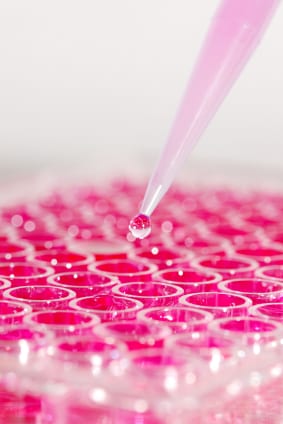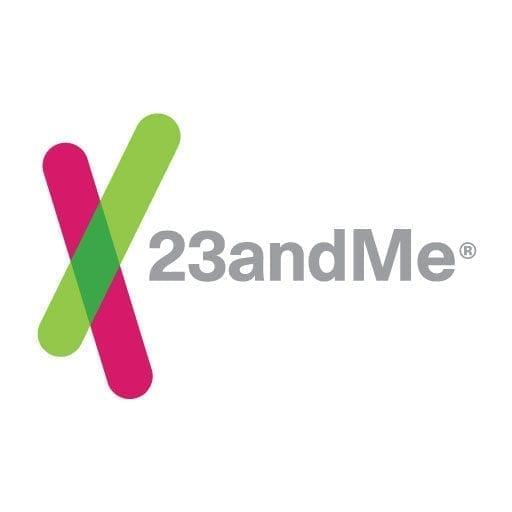
Using a research method very similar to the one used in 23andMe’s Global Similarity advanced view feature, researchers have discovered that most of the embryonic stem cell lines currently studied by researchers are derived from European and Middle Eastern populations.
Only two out of 47 were derived from egg and sperm coming from people with East Asian ancestry. None of the embryos had genetic makeup indicative of recent African ancestry.
“Embryonic stem cell research has the potential to change the future of medicine,” said Sean Morrison, director of the University of Michigan Center for Stem Cell Biology and one of the study leaders in a press release. “But there’s a lack of diversity among today’s most commonly used human embryonic stem cell lines, which highlights an important social justice issue.”
The researchers analyzed the stem cells using a SNP chip much like the one used by 23andMe for its Personal Genome Service. The genetic data of each stem cell line was then compared to the DNA of a set of publicly available reference individuals from 63 populations around the world.
The analysis, published recently in the New England Journal of Medicine, not only showed that there was a lack of ethnic diversity in the stem cell lines, but also revealed that at least five pairs of stem cell lines were likely derived from the same egg and sperm donors — genetically speaking, the equivalent of siblings.
“Efforts to derive and disseminate new stem cell lines should now emphasize underrepresented populations, to allow researchers to assess the extent to which ancestry of stem cell lines influences disease models, cellular therapies, and drug screening with the use of stem cells.
Availability of more diverse lines will reduce the risk that the potential benefits of stem cell research will be limited to patients with certain ancestries,” the authors write.
The use of embryonic stem cells in research is controversial.
In 2001, President Bush banned the use of federal funding for any embryonic stem cell research using cell lines other than the 21 that had been created prior to that date.
In March 2009, President Obama reversed this policy. Derivation of new embryonic stem cell lines, however, is still not permitted using federal funds.
An alternative to destroying human embryos to create stem cells may lie in a new method in which adult cells are returned to a stem cell-like state through genetic manipulation.
These “induced pluripotent stem cells” avoid many of the ethical and moral issues surrounding embryonic stem cells, but it is not yet clear if they are suitable for all types of research. Still, the University of Michigan based authors of the current study suggest that another way to increase diversity in the cell lines used for stem cell research is to create induced pluripotent stems cells from donors with diverse ethnic backgrounds.



